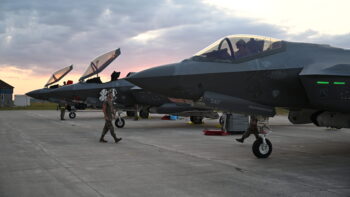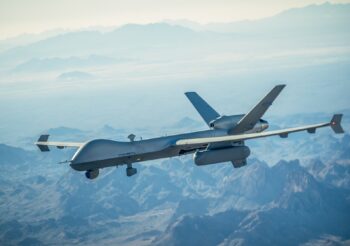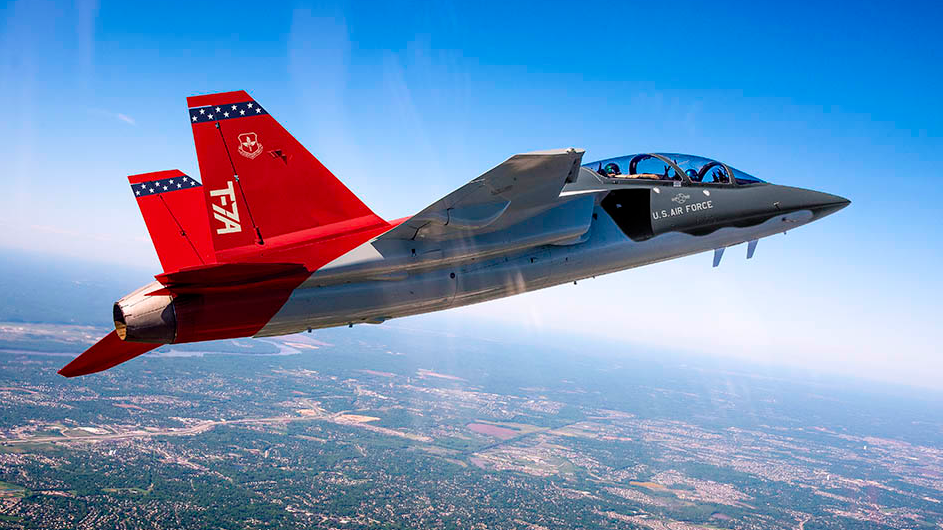
The T-7A Red Hawk. (Boeing)
WASHINGTON — Boeing’s new training jet for the US Air Force is facing a fresh delay due to what the company is calling supply chain woes, putting new pressure on a T-7A Red Hawk schedule that is already approximately two years late.
The company today revealed that unspecified “challenges” with particular parts have delayed plans to deliver two remaining test jets to the Air Force, with three already in the service’s hands. Additionally, Boeing said today that the the T-7A’s production line should be up and running around the middle of this year, a few months later than previous plans to have it operational in early 2024.
“There have been various challenges with parts that have caused some delays, but we are starting to receive those and deliveries [of the two test jets] are imminent,” a Boeing spokesperson said in response to questions from Breaking Defense.
According to the spokesperson, delivering the first three test aircraft was “pivotal” for kicking off the Air Force’s flight testing. The last two test jets “are in various stages of delivery and will be delivered soon,” they said.
The delay, which was first reported by Defense News, is yet another setback for the troubled trainer whose schedule was rebaselined last year by the Air Force. Under the new timeline, the official start of production, known as a Milestone C decision, was pushed from December 2023 to February 2025.
Boeing already planned to begin building early production aircraft in lieu of a formal contract due to delays incurred so far on the program. The aerospace giant reached a special agreement with the Defense Contract Management Agency to supervise production as a result.
“We have started assembling the new T-7A production line at the Boeing St. Louis site. Completion of assembly should take place around the middle of the year and then shortly after that, we will load the first part on the line to begin LRIP [low-rate initial production],” the spokesperson said.
“The first aircraft could be delivered in the 2025-2026 timeframe. Contractually, we will deliver an aircraft 10 months after an LRIP award. However, we see opportunities to deliver aircraft ahead of need and we are assessing that possibility with the U.S. Air Force customer,” they added.
Following publication of this report, on Thursday an Air Force spokesperson said the program’s new delay is not expected to impact the Milestone C decision since the two remaining test jets are not planned to be used for flight testing.
“The Air Force and Boeing are working together to address supply chain issues impacting the delivery of the last two EMD aircraft,” the spokesperson said.
Boeing was under contract to deliver the fourth test jet in December and the fifth in January, program manager Evelyn Moore told Defense News, who added that those jets are now respectively expected to be delivered later this month and March or April.
A fixed-price contract for the program’s development has additionally forced Boeing to absorb approximately $1.3 billion in losses to date. Asked about potential new charges associated with the latest supply chain hiccup, the spokesperson said any losses “will be assessed before the next earnings cycle.”
Throughout the program’s difficulties, company and service officials have emphasized the value of flights on production-representative jets conducted by Boeing. Even still, the Government Accountability Office last year cast serious doubt on the program’s schedule due to concerns with flight software and qualifying the trainer’s escape system.
Despite developmental work ahead, service officials have an optimistic view of the jet’s future and are even weighing plans to eventually turn it into an armed light attack jet.
UPDATED 2/9/24 at 1:50 PM ET with comment from the Air Force.
CCA: Everything you need to know about the US military’s drone wingman effort [VIDEO]
In a new video series, the Breaking Defense staff fill you in on the basics you need to know about the Collaborative Combat Aircraft program.
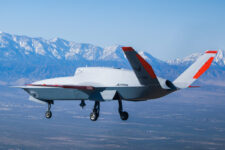
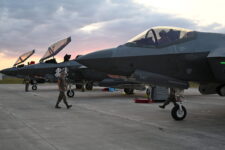

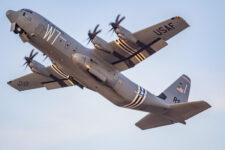

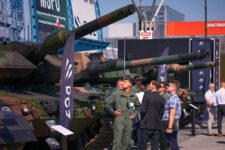



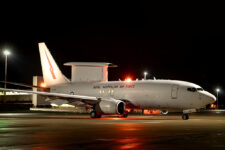

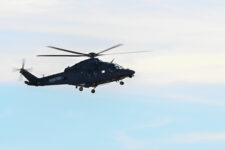



![T2BETA_PROGRAM_REVIEWED1[1]](https://breakingdefense.com/wp-content/uploads/sites/3/2024/08/T2BETA_PROGRAM_REVIEWED11-350x219.jpg)



